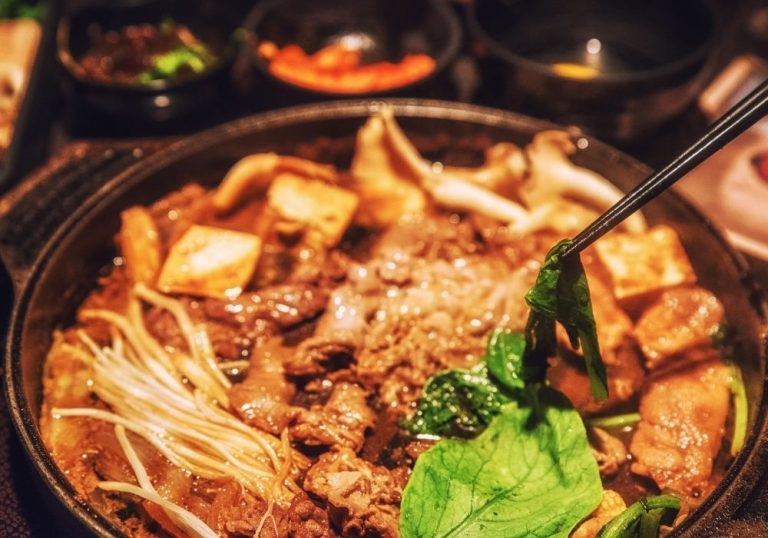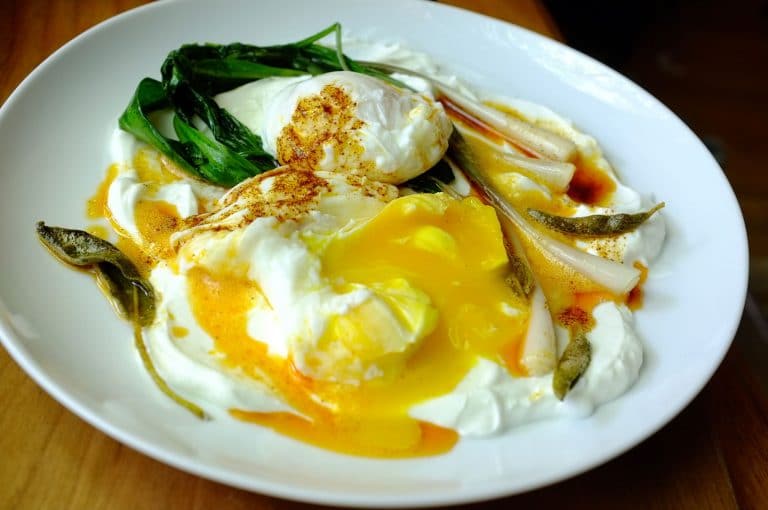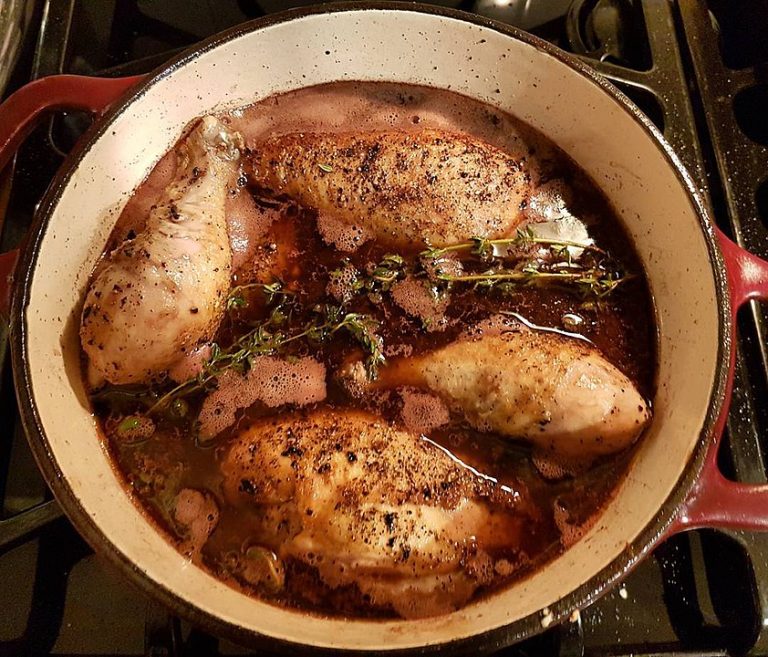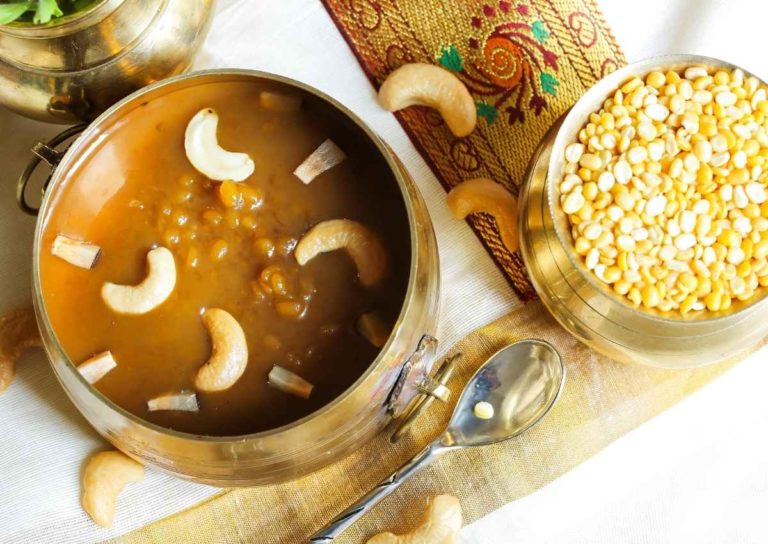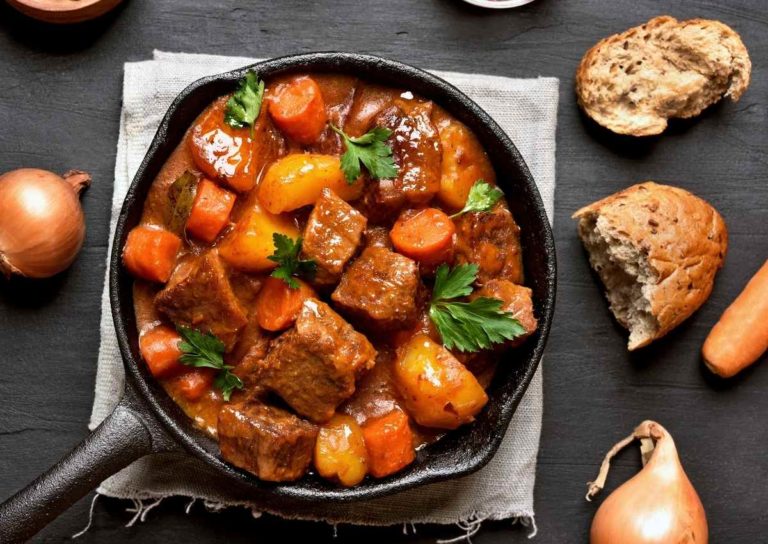East Timorese Food: 7 Traditional Dishes of Timor-Leste
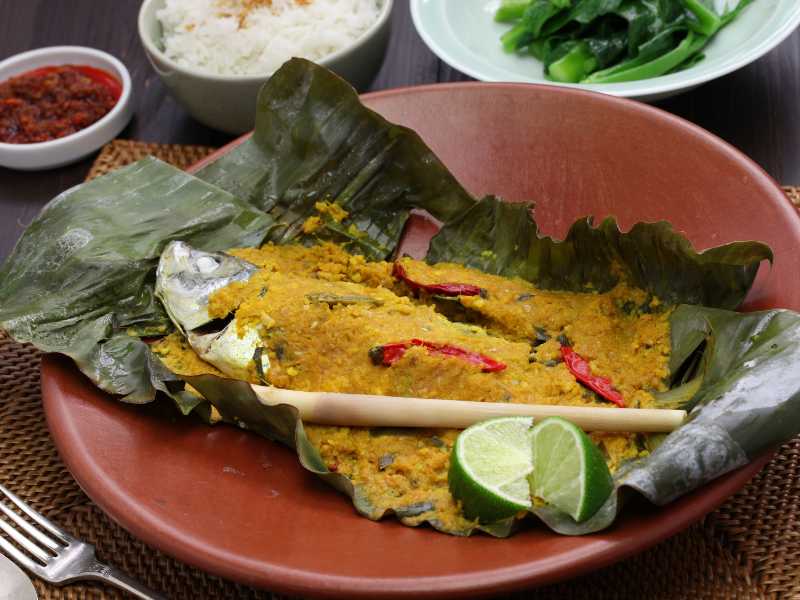
East Timor (or Timor-Leste) is a country located in Southeast Asia, composed of the eastern part of Timor Island and bordered by Nusa Tengara Timor. It also neighbors Australia in the south, divided by the Timor Sea.
The country is known for its diving, trekking, mountain driving, whale-watching, beautiful scenery, biking and stunning white-sand beaches.
The population of East Timor is made up of different ethnicities, including tetum prasa, baikenu, naueti, mambai, makasae, kemak, waima’a, bunak, tokodede, tetum terik, galoli, idate, midiki and fataluku.
East Timorese cuisine is influenced by the cuisines of Malaysia and Portugal due to Portugal’s colonization of the country. Staple ingredients include pork, rice, fish, tamarind, basil, legumes, root vegetables, corn, taro, cassava, maize, sweet potatoes and tropical fruits.
Most East Timorese people raise animals for their own for consumption or catch fish, which is also an important source of protein.
Mangosteen
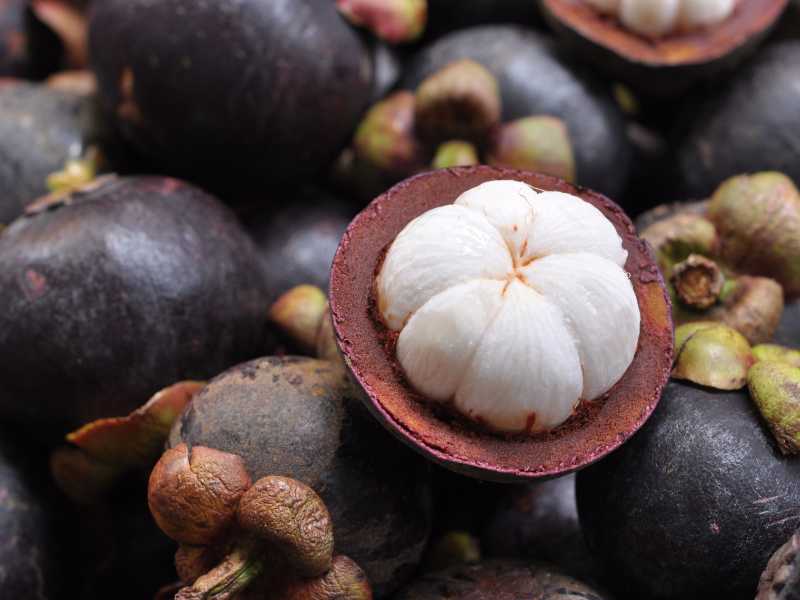
Mangosteen is a tropical plant that is typically cultivated for its sweet fruit. Its origin is believed to be the Sunda Islands and it is characterized by its solid shell which shields the consumable white fruit inside. It is generally dark purple on the outside and is also referred to as purple mangosteen.
The texture of mangosteen is juicy, delicate and soft, while it tastes sweet with minor traces of tartness. It is usually consumed plain, but it can also be combined with baked sweet dishes, custards, mixed salads, teas, smoothies or ice creams.
Batar da’an
Batar da’an is a simple dish that is made using a mixture of mung beans, diced squash, and corn that are cooked together with garlic and onions. The dish is only flavored with pepper and salt and is traditionally consumed as a main course.
It is typically served along with rice, but it also makes an amazing side dish when accompanied by fish or meat dishes. It is a vegetarian dish which is considered to be both sweet and savory.
Ikan Pepes

Ikan pepes is a dish that is prepared by covering an entire fish, or sometimes pieces of fish, in banana leaves. The fish is completely covered with a spice paste that generally consists of ingredients like turmeric, tomatoes, palm sugar, shrimp paste, candlenuts or macadamia, lemon basil, lemongrass, tamarind, and chili peppers.
It is then gracefully covered with banana leaves, and the prepared combination is left to steam or grill. Once done, the dish is then eaten in the leaf, and traditionally served with lime or lemon wedges on the side.
There are several variations of Ikan pepes that can be found across East Timor and Indonesia, but the most widely consumed variation is called ikan pepes mas, which is prepared using carp.
Ai Manas
Ai Manas is a spicy chili that is prepared all across East Timor, with local variations depending on the household. Usually, red or green chilies compose the majority of the paste. Thai chilies are typically used for the preparation of the sauce, and it can be excessively hot for several people.
It is typically combined with other ingredients such as garlic, red onions, bilimbi, ginger, lime or lemon rind and several other regional ingredients.
Bibingka
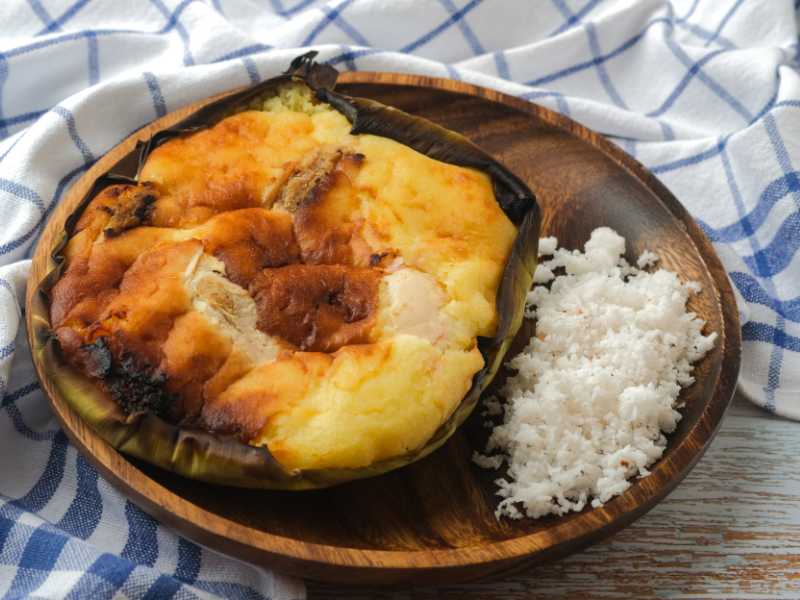
Bibingka is a kind of baked rice cake that is made in a terracotta oven lined with banana leaves. The main ingredients used are water or coconut milk and glutinous rice (galapóng). The other most commonly used ingredients for this dish include butter, grated cheese, muscovado sugar, salted duck eggs and desiccated coconut.
Bibingka is normally consumed for breakfast or as a mid-afternoon snack (also known as merienda), particularly during the time of Christmas. There are several variations of the dish including bibingkang malagkit, cassava cake and salukara. It is believed to have originated in both the Philippines and Indonesia.
Feijoada
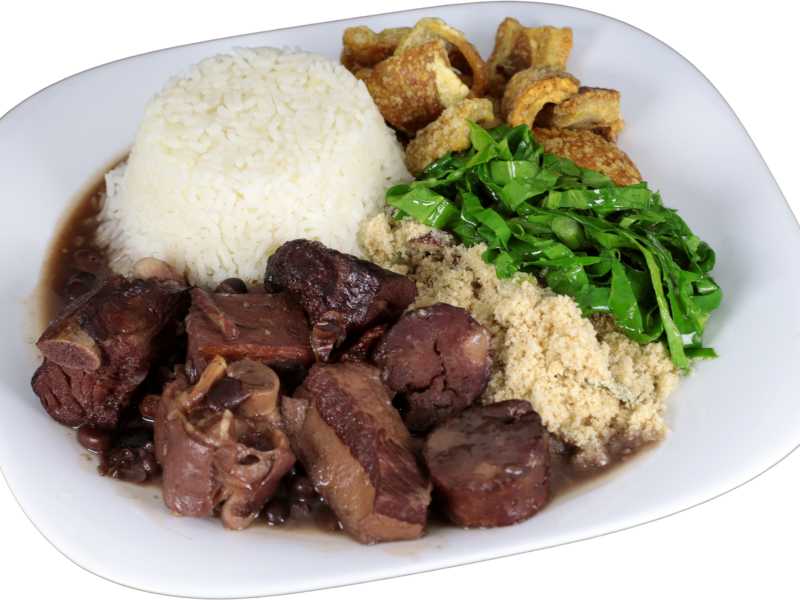
Feijoada is a stew prepared with beans, pork and beef. It is normally accompanied by rice and mixed sausages like morcela (blood sausage), chouriço, farinheira and several others. It has a strong and somewhat salty flavor, although not spicy.
The name of this dish is derived from feijão, which means bean in Portuguese. Feijoada is known to have shared origins with Brazil, Angola, Portugal, Macau, Cape Verde, Mozambique, Guinea Bissau, Goa and São Tomé and Príncipe.
Feijoada is a festive dish, and it is traditionally consumed on Saturday afternoons or Sunday lunch.
Ikan Sabuko
Ikan sabuko is a dish prepared using Spanish mackerel. The mackerel is initially marinated in tamarind paste and then grilled with chilies and basil for an extra kick of flavor. It is generally accompanied by a budu sauce that helps to bond all the flavors together.
Budu is a fermented anchovy sauce that is combined with some calamansi juice, sliced red onions, and red and green chilies. Other ingredients can be added such as cherry tomatoes and mint leaves for additional flavor.
Tapai
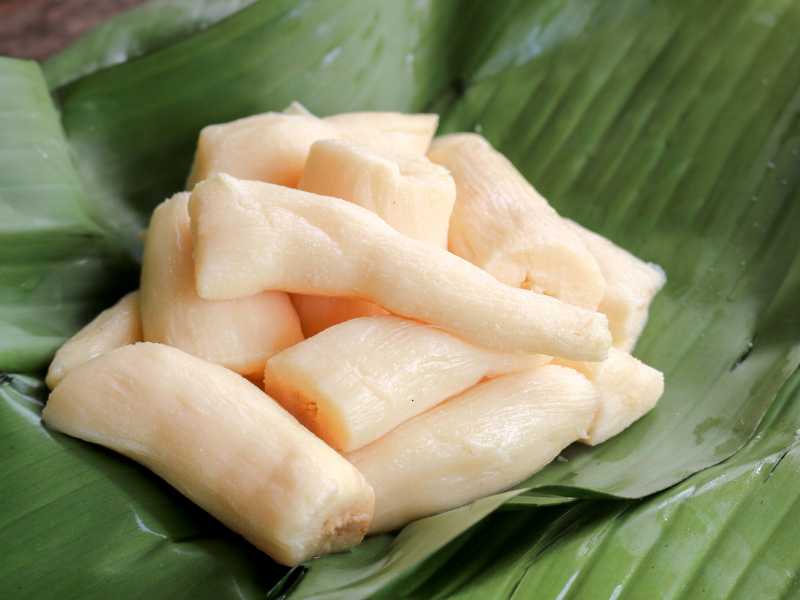
Tapai is fermented white rice, although it can also be made using many other carbohydrate sources such as potatoes and cassava.
Tapai includes both the alcoholic paste and the alcoholic drink obtained from it. It usually has a sweet or sour flavor and is found across much of Southeast Asia, typically in Austronesian cultures, and regions of East Asia .

